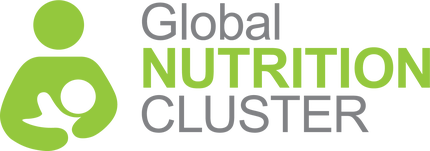Resources
Infant feeding patterns and risk of death and hospitalization in the first half of infancy: multicentre cohort study
Bahi R et al.Infant feeding patterns and risk of death and hospitalization in the first half of infancy: multicentre cohort study. Bull...
Infant feeding in the post Indian Ocean tsunami context: reports, theory and action
www.capersbookstore.com.au/birthissues/default.htm Article refers to the effect of stress and other myths related to breastfeeding in ...
Hope in the darkest days - breastfeeding support in emergencies
Heinig MJ. J Hum Lact. 2005 Nov;21(4):395-6.
Early Exclusive Breastfeeding Increases HIV Survival (summary)
Summary of published paper in Field Exchange 25, May 2005, p.10. Published paper: Early exclusive breastfeeding reduces the risk of po...
Breastfeeding After a Natural Disaster
U.S. Department of Health and Human Services, Centers for Disease Control and Prevention and OTIS. Although it mentions the benefits o...
Redefining the role of food aid
The principal objective of food aid, besides responding to needs created by conflict, and other disasters, should be to provide an insu...
Human immuno-deficiency virus (HIV) and infant feeding in complex humanitarian emergencies: priorities and policy considerations
Human immuno-deficiency virus and infant feeding in complex humanitarian emergencies: priorities and policy considerations. Leyenaar J....
Breastfeeding and the risk of postneonatal death in the United States
Chen A, Rogan WJ. Breastfeeding and the risk of postneotal death in the United States. Pediatrics 113: 435-439, 2004 A large US based ...
Where and why are 10 million children dying every year?
Black RE, Morris SS, Bryce J Lancet 2003, Jun 28;361:2226-2234 Infants, 0 - 5 months of age who are not breastfed have seven-fold and ...
Non-fat dry milk in humanitarian orperations
Past and present issues. Background paper: NON-FAT DRY MILK IN HUMANITARIAN OPERATIONS. Gives a good background but some issues have mo...










